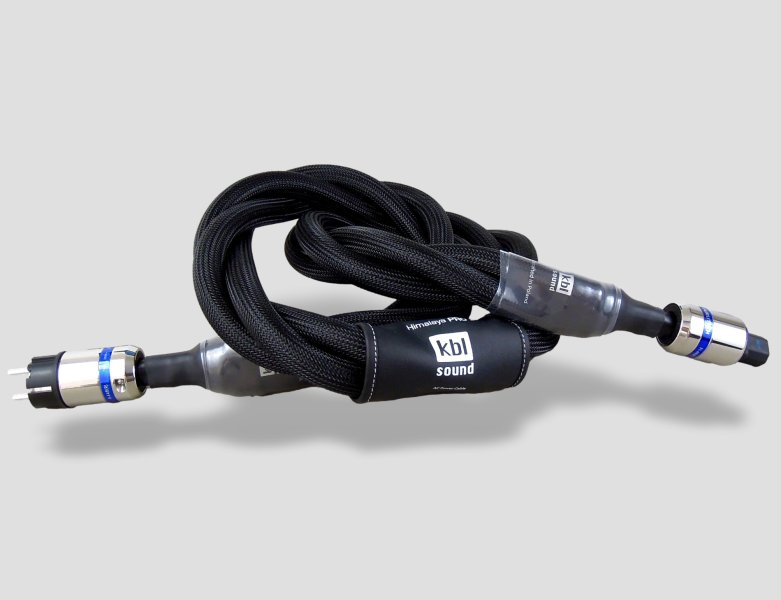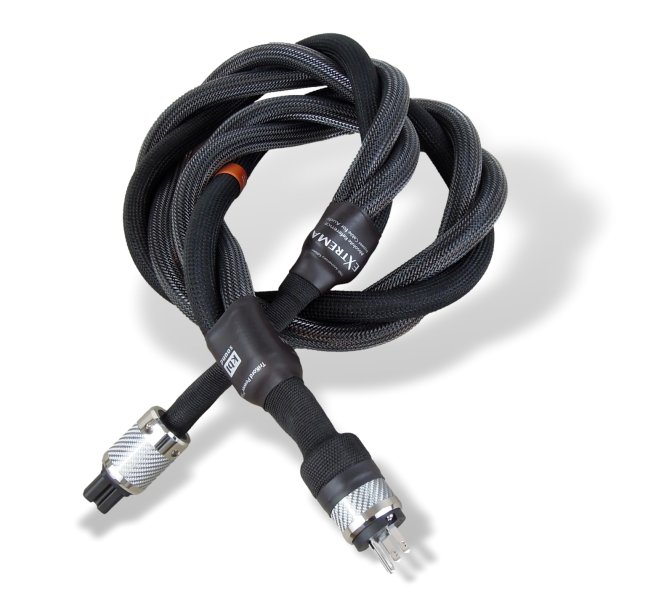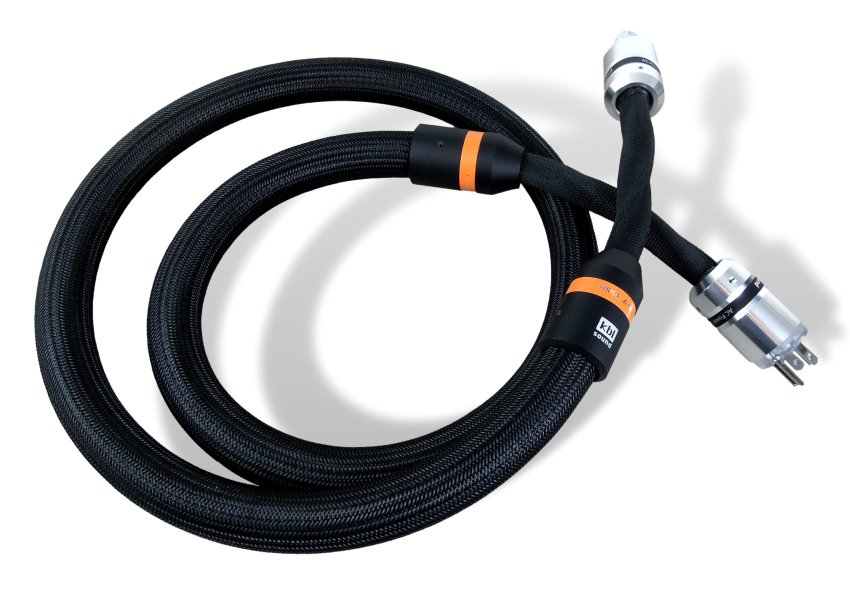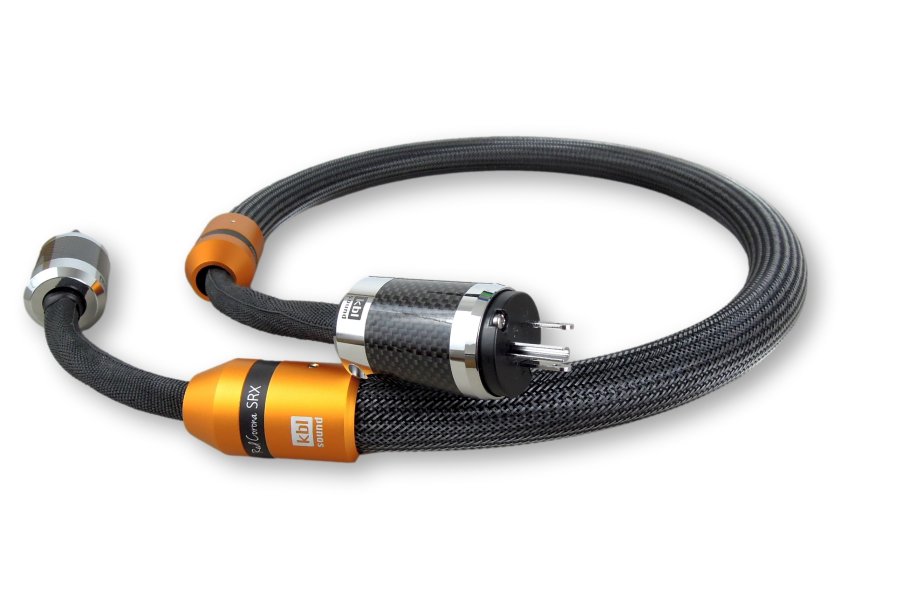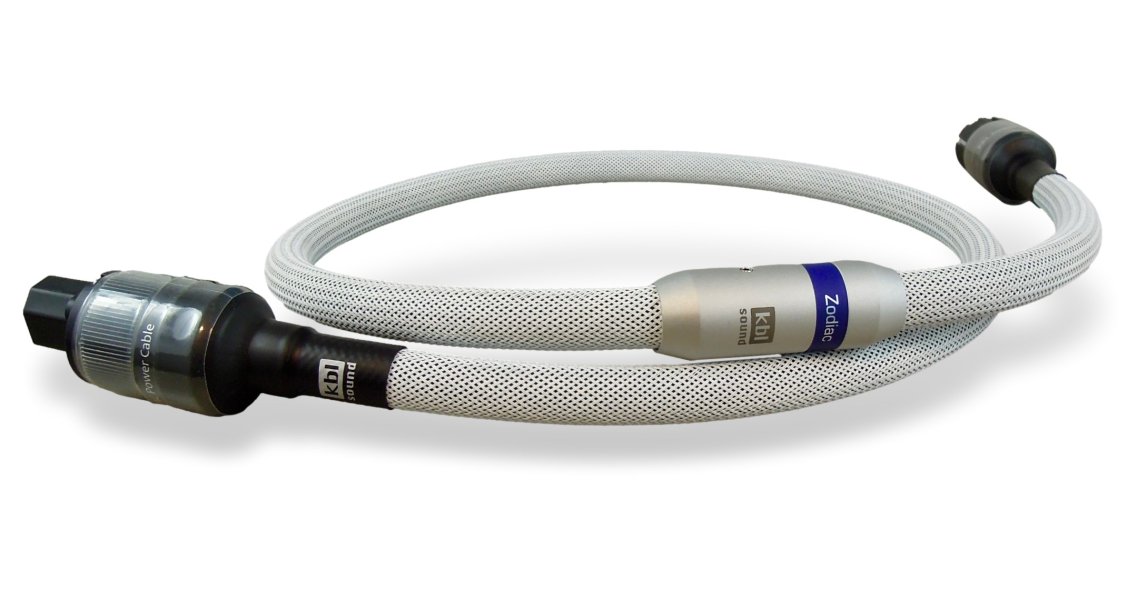Thank you for this question. I do not have any different treatment of power cables in terms of sound characteristics. In all types of cables, I strive to obtain the most palpable, realistic sound, free from mechanical character. When listening to music, we all want to forget about the equipment and reproduction and let ourselves be drawn into the music itself.
Many devices have hidden potential that their owners do not even know about, and which is covered up by poorly designed cables or those made of compromised raw materials. In the last dozen or so years, but mainly in a few, there has been significant technological progress in the field of materials that can be used in audio. We use these materials because they ensure, in combination with well-thought-out designs, a reduction in the loss factor to a degree never before possible.
So, natural sound, while maintaining full saturation and resolution, without the advantage of analyticality is the basis. But what my cables do perhaps better than others is to separate performers which are no longer glued together. It's not just about the dimensions of the sound stage, many cables do this quite well, although sometimes it seems artificial.
With our cables, the impression of space around the instruments is evident, just like in a real performance. And then you can hear not only the sounds released from the instruments, but also the palpable instruments themselves with their three-dimensionality. Thanks to this, they are more present and distinguished. Voices in choirs seem perfectly separated, and soloists, when singing, even give us their throats and mouths. This increases the sense of realism.
To achieve this, I use my design strategies developed over the years, which of course I prefer to keep secret. Besides, they are different in different types of cables, that's obvious. I only use monocrystal copper everywhere, which is the most expensive, but at the same time, in my opinion, is the best conductor for audio applications. You get only ONE crystal of metal from one plug to another, no grainy structure at all.
Now, if you're asking about power cables, over time I've discovered my own ways of running the wires and voicing them. In all series from Red Corona SRX upwards, the wire bundles are physically spread out, which reduces current flow interference due to the smaller mutual influence of magnetic fields. In the flagship EXtrema series and the Himalaya Pro2 power cable from the lower shelf, this is even directly visible from the outside. The cables are massive braids, a braid as if three separate cables treated in a really separate way when it comes to voicing. Uncompromising plugs, appropriately selected for the performance of the cable, complete the rest, ensuring that the cable works as intended. I hope I have answered satisfactorily for you, best I could

.


